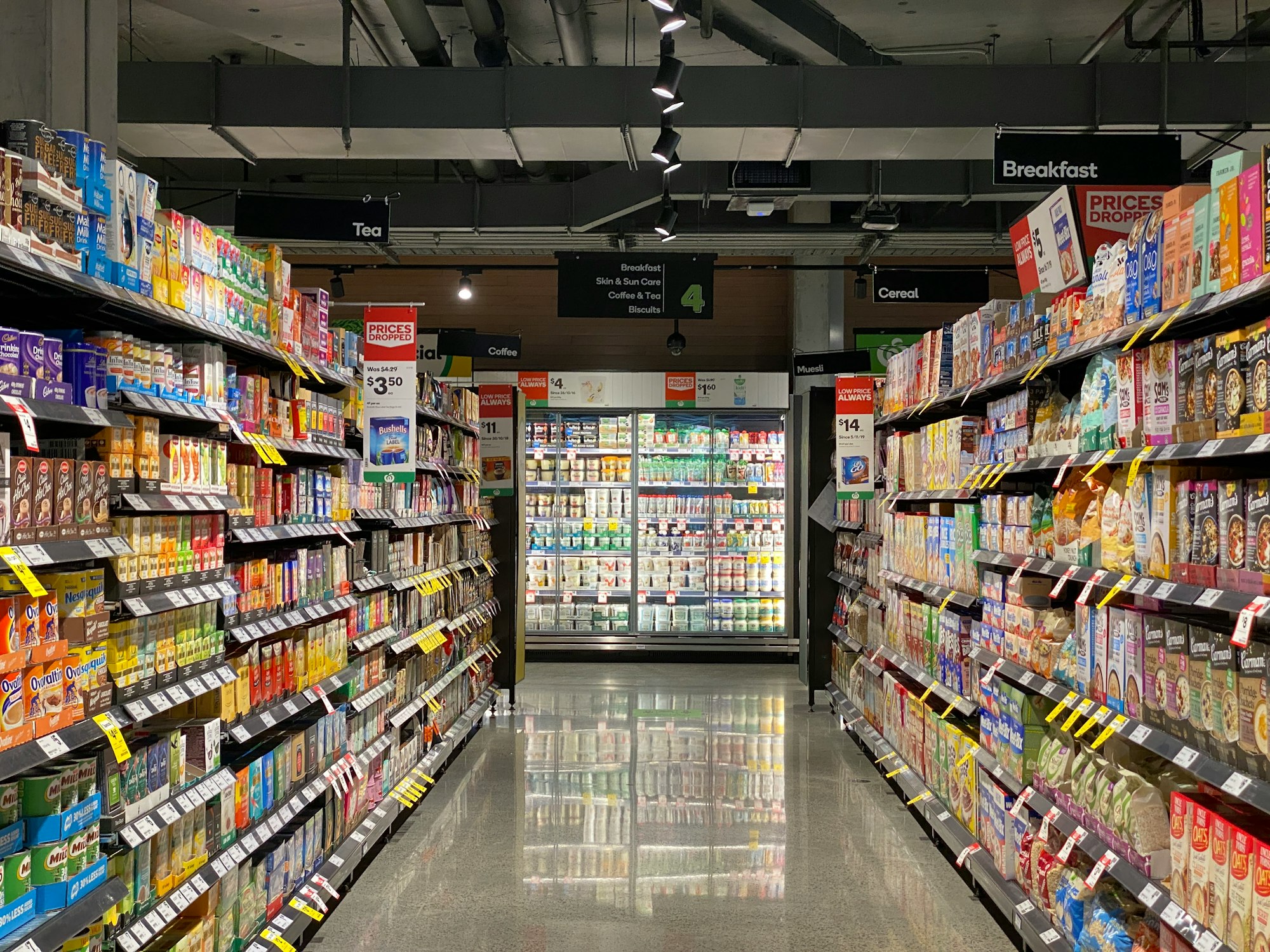Simplified: When Hy-Vee announced it was closing its 10th Street and Kiwanis Avenue location, some expressed concern about food deserts. But nonprofit leaders and researchers alike say the issue of food deserts and food insecurity – i.e. hunger – is more complicated than the geography of grocery stores.
Why it matters
- Hy-Vee's store closure leaves only two traditional grocery stores north of 12th Street in Sioux Falls. That's about one store for every 27,000 people living in that part of the city.
- Compare Sioux Falls south of 12th Street, a segment of town where there are fewer than 10,000 people for every grocery store, according to analysis from Sioux Falls Simplified. (This number doesn't take into account member-based stores like Sam's Club and Costco.)
- But the location of grocery stores is only one factor in the broader picture of food security.
"Yes, you want the groceries to be convenient, but it doesn't matter how close they are if you can't afford them," said Suzanne Smith, who leads the Augustana Research Institute, which put out a 2018 report looking at food security in town.
Ok, but can we start with some definitions?
Of course.
Let's start with "food desert."
There's some variation in how the term is defined, but the Department of Agriculture looks at two factors: how much money people make, and how close they are to a grocery store.
- It's not a food desert in a high-income area, even if there's low access to grocery stores, Smith said.
Sioux Falls Thrive defines a food desert as a low-income area where there isn't a grocery store within a half-mile, President Michelle Erpenbach said.
Food deserts then lead to food insecurity.
USDA defines food insecurity a "household-level economic and social condition of limited or uncertain access to adequate food."
In the simplest terms, food insecurity leads to hunger.
"If nothing else comes out of this, it should be that concept that there are hungry people almost in hiding in this town," Erpenbach said.
What plays into whether a person has food or not?
As with anything, each family is going to have unique circumstances, but in general, here are a few factors that make people more likely to be food insecure or hungry.
- Affordability. This is pretty straightforward – does a person or family have enough money to buy food?
- Access. Are there grocery stores within walking distance? If not, is there access to public transportation? A car? A person who has a car will have an easier time getting food regardless of food deserts, Smith said, but people without transportation access are more limited.
- Community help. Are there food distributions in the neighborhood? Any local churches or nonprofits that provide hot meals or nonperishable items to take home? An added challenge is ensuring that the people who need help know where, when and how to find it, Smith said.
And what does food insecurity look like?
Again, it'll depend on each person or family's unique circumstances, but Erpenbach emphasized that there are kids in Sioux Falls who go home to empty cupboards.
"There might be some old peanut butter and a tube of crackers in the kitchen, and that might be dinner," she said. "But it might not be, that might not even be there."
What can be done to help?
Awareness, first, that there are hungry people in our community, Erpenbach said.
And there are already a number of programs in place to fight hunger in Sioux Falls – including the siouxfallshunger.com website, which pulls together all of the opportunities to find food (and opportunities to volunteer to help.)
But there's also an opportunity to take a neighborhood-specific approach to find solutions for the people closest to the soon-to-be-closed Hy-Vee, Erpenbach said. It's work Sioux Falls Thrive will be a part of, but it's also work she hopes more people join.
"Let's take advantage of this moment," she said. "I hope the community is going to step up."


